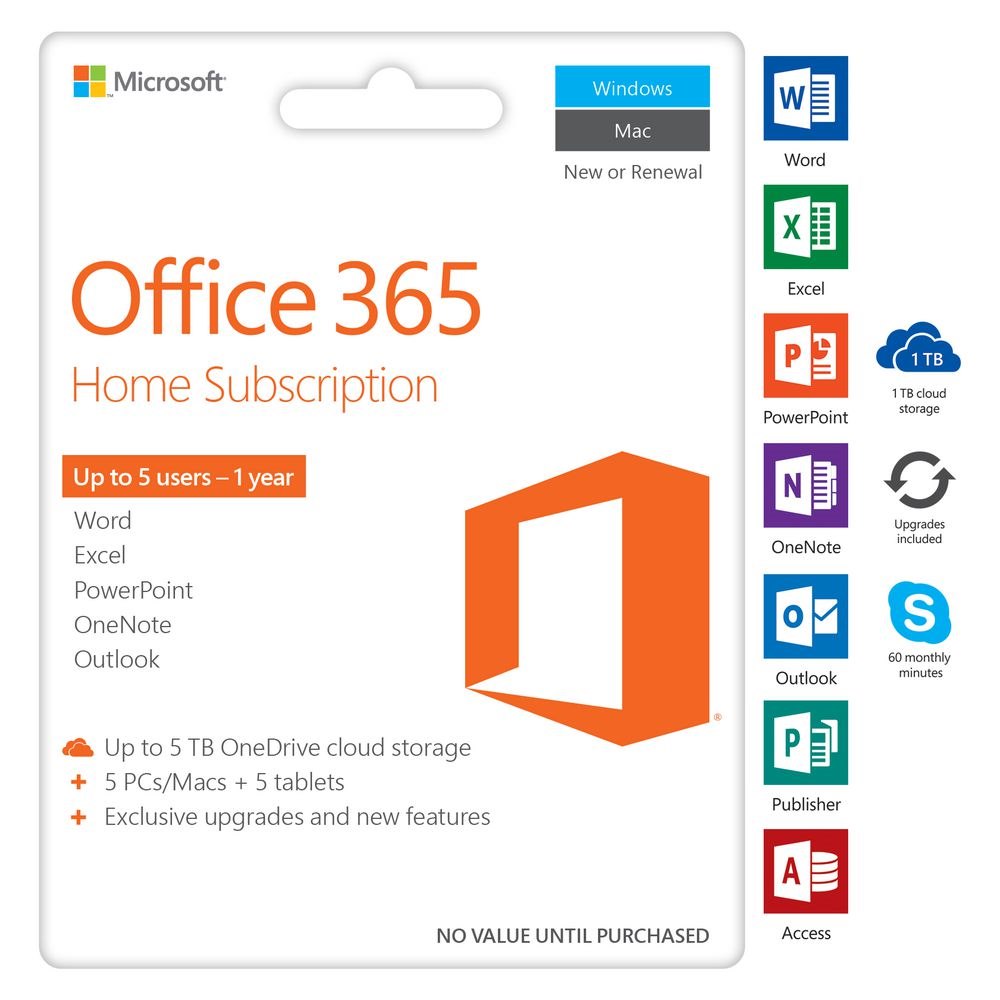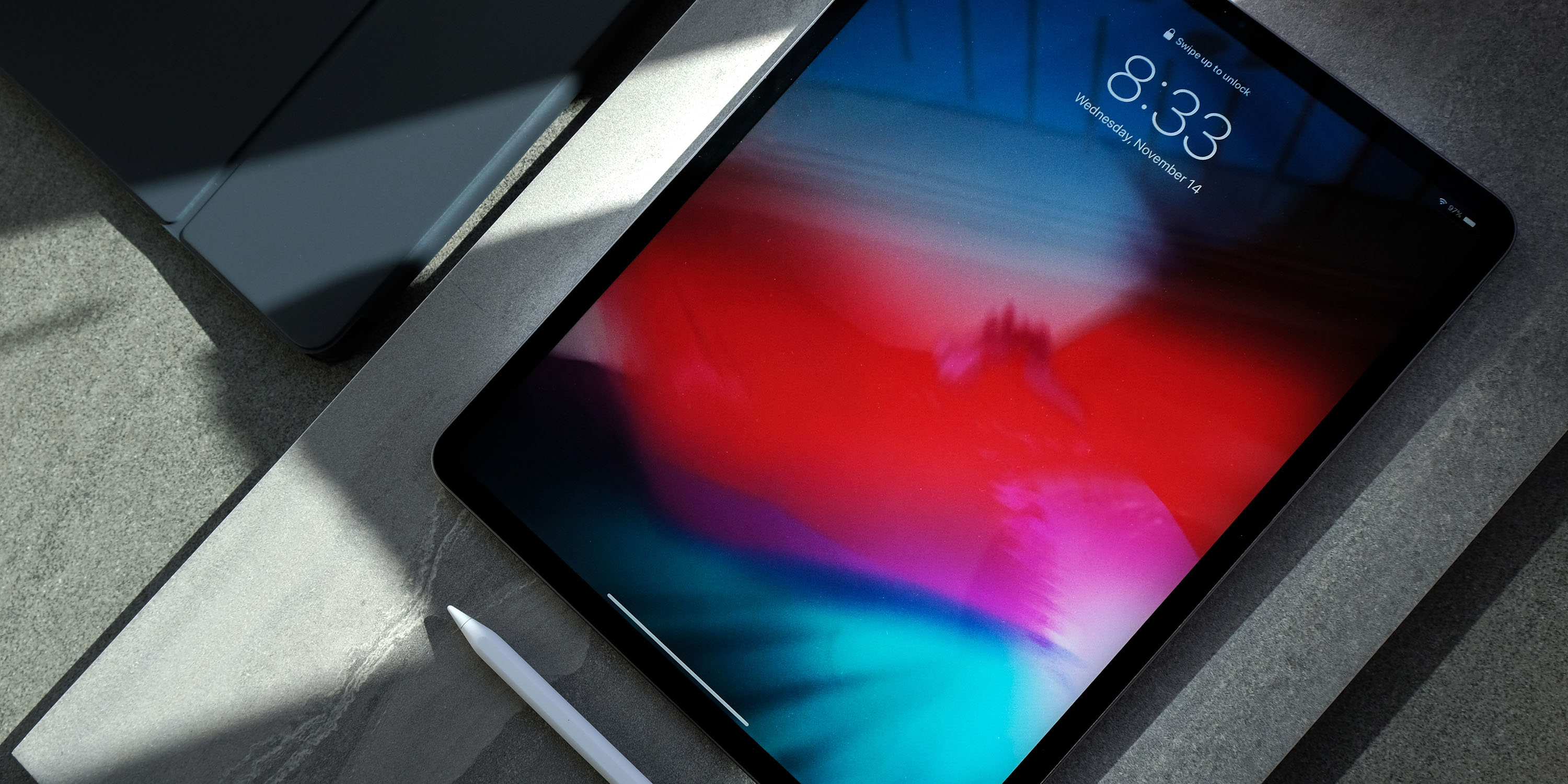

#Do i need two subscriptions for office 365 on mac and ipad pdf#
PDF encryption allows you to protect sensitive PDF documents through secure communication or secure collaboration. To enable encryption for PDF attachments, run the following command in Exchange Online PowerShell: Set-IRMConfiguration -EnablePdfEncryption $true Next, Exchange Online sends the message with the protected PDF file attachment. When the service receives the file, the service applies the OME protection of the data loss prevention (DLP) policy or mail flow rule in Exchange Online. When you send mail from Outlook Desktop with a PDF attachment, the client sends the message with the attachment to the service first. Instead, you'll need to set up Exchange mail flow rules or DLP to apply encryption to PDF attachments first. Outlook desktop does not natively support encryption of PDF file attachments. These clients natively support PDF encryption. The Outlook client doesn't encrypt PDF file attachments.įor Outlook on the web, Outlook for iOS, and Outlook for Android, you can encrypt PDFs you send without any more steps. When you send an email, the Office 365 service encrypts PDF file attachments. The short answer is yes! If enabled, PDF encryption allows you to protect sensitive PDF documents through secure communication or secure collaboration.

How do I enable the new OME capabilities for my organization? The OME portal requires no separate download. Internal and external recipients receive email in Outlook for Windows, Outlook for Mac, Outlook on the web, Outlook for Android, and Outlook for iOS, or through a web portal, regardless of whether or not they are in the same organization or in any organization. Internal recipients only received encrypted email in Outlook for Windows, Outlook for Mac, and Outlook on the web. The following table provides more details.Ĭomparison of legacy OME, IRM, and new OME capabilities CapabilityĮnd-user initiated from Outlook for Windows, Outlook for Mac, or Outlook on the web or through Exchange mail flow rulesĮnd-user initiated from Outlook for Windows, Outlook for Mac, or Outlook on the web or through mail flow rulesĭo Not Forward option and custom templatesĭo Not Forward option, encrypt-only option, default and custom templatesĮxternal recipients received an HTML message that they downloaded and opened in a browser or downloaded mobile app. The new capabilities for Office 365 Message Encryption are an evolution of the existing IRM and legacy OME solutions. How is this feature related to legacy Office 365 Message Encryption (OME) and Information Rights Management (IRM) features? Also, see "Disclosure of Customer Data" in the Online Services Terms (OST). For more information regarding third-party data requests, see Responding to government and law enforcement requests to access customer data on the Microsoft Trust Center. We periodically publish detailed information of the request we receive. (Read Brad Smith's blog: Protecting customer data from government snooping). In the event we get a subpoena, we always attempt to redirect the third party directly to you to obtain the information. As a cloud service provider, we always advocate for the privacy of your data. Microsoft takes third-party requests for customer data seriously. OME, with BYOK for Azure Information Protection, was designed for compliance-focused organizations. OME and the option to provide and control your own encryption keys, called BYOK, from Azure Information Protection were not designed to respond to law enforcement subpoenas.


 0 kommentar(er)
0 kommentar(er)
